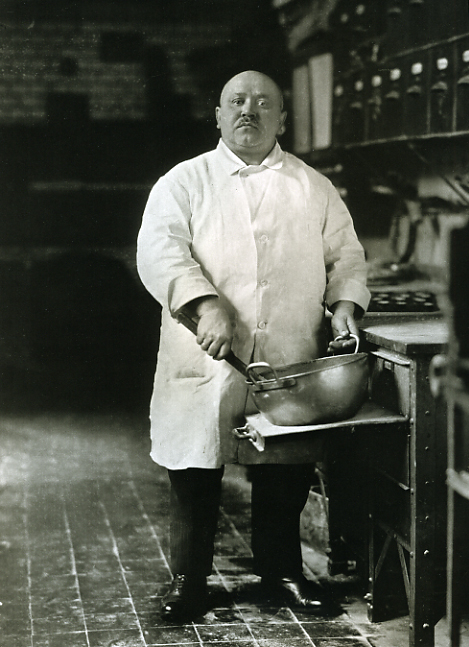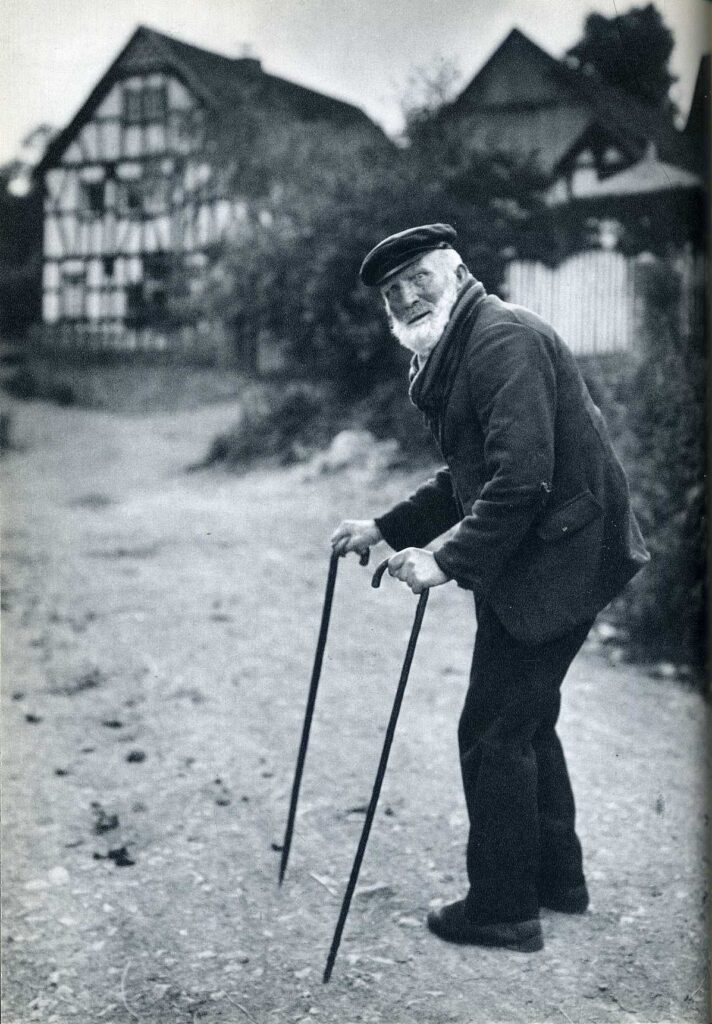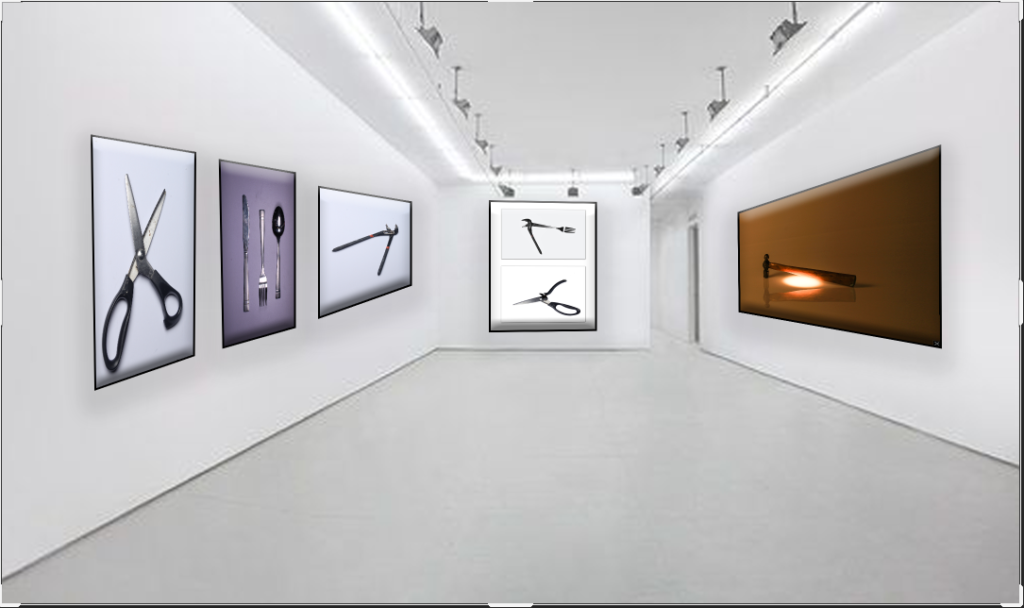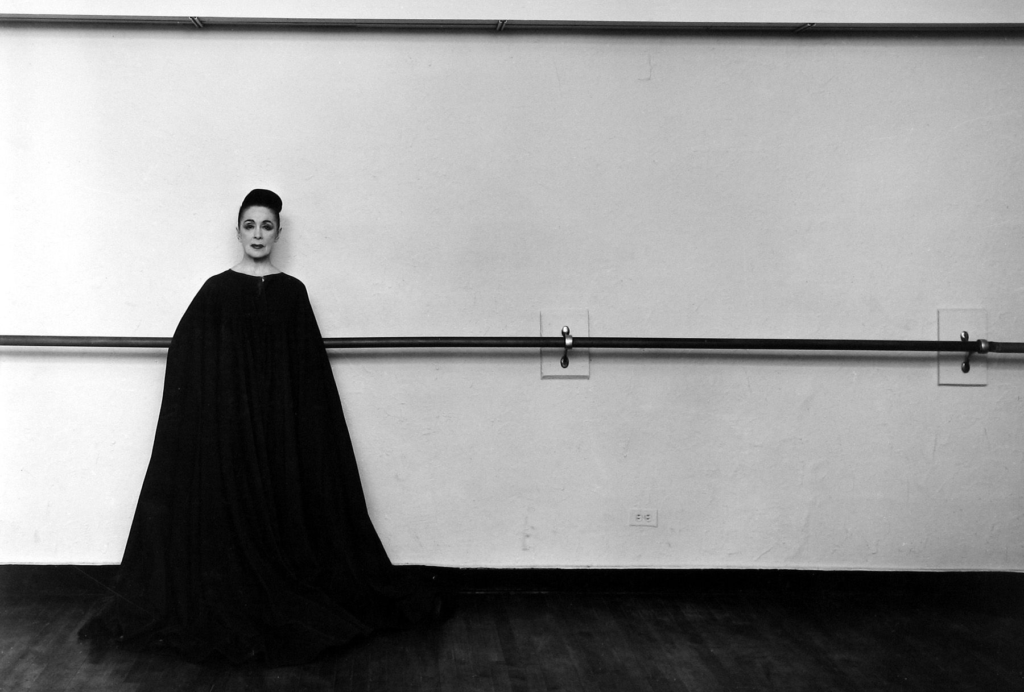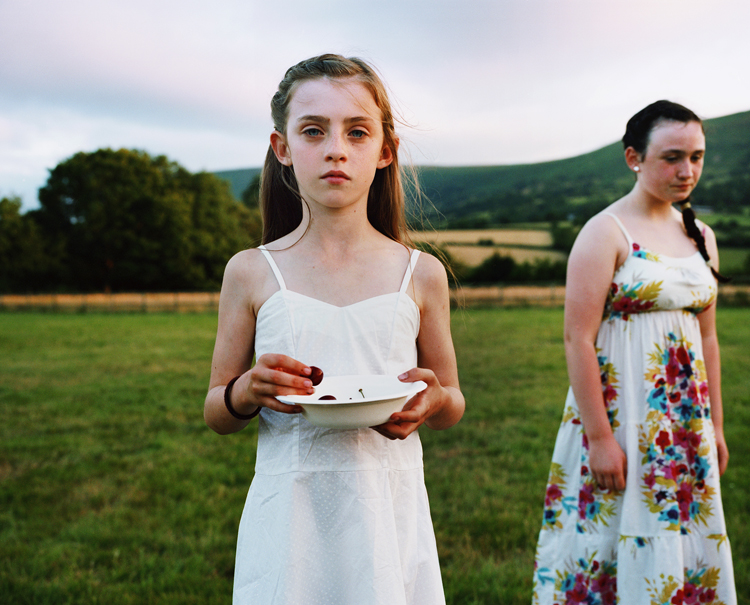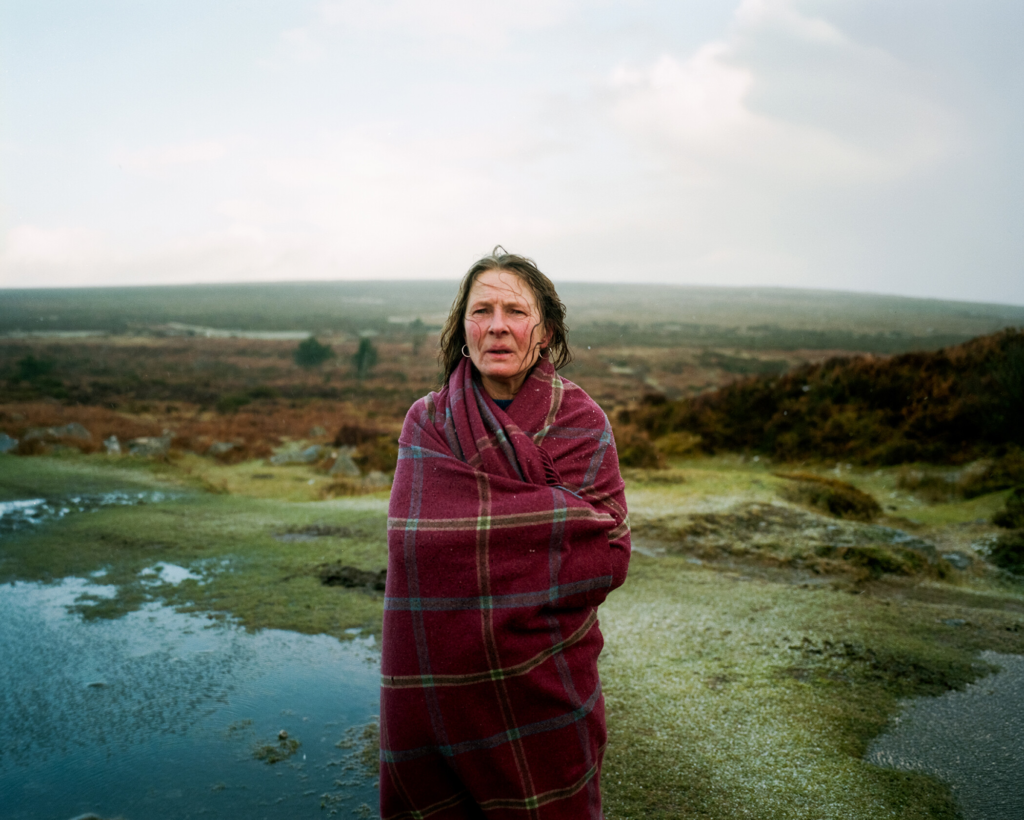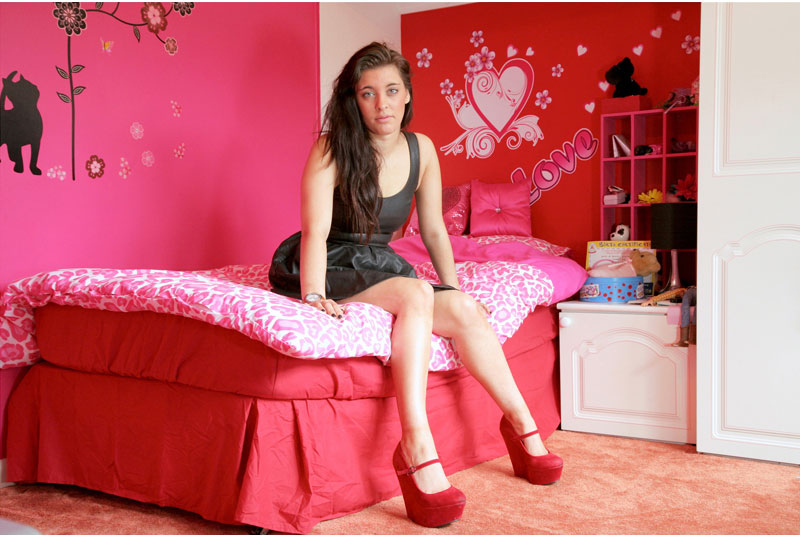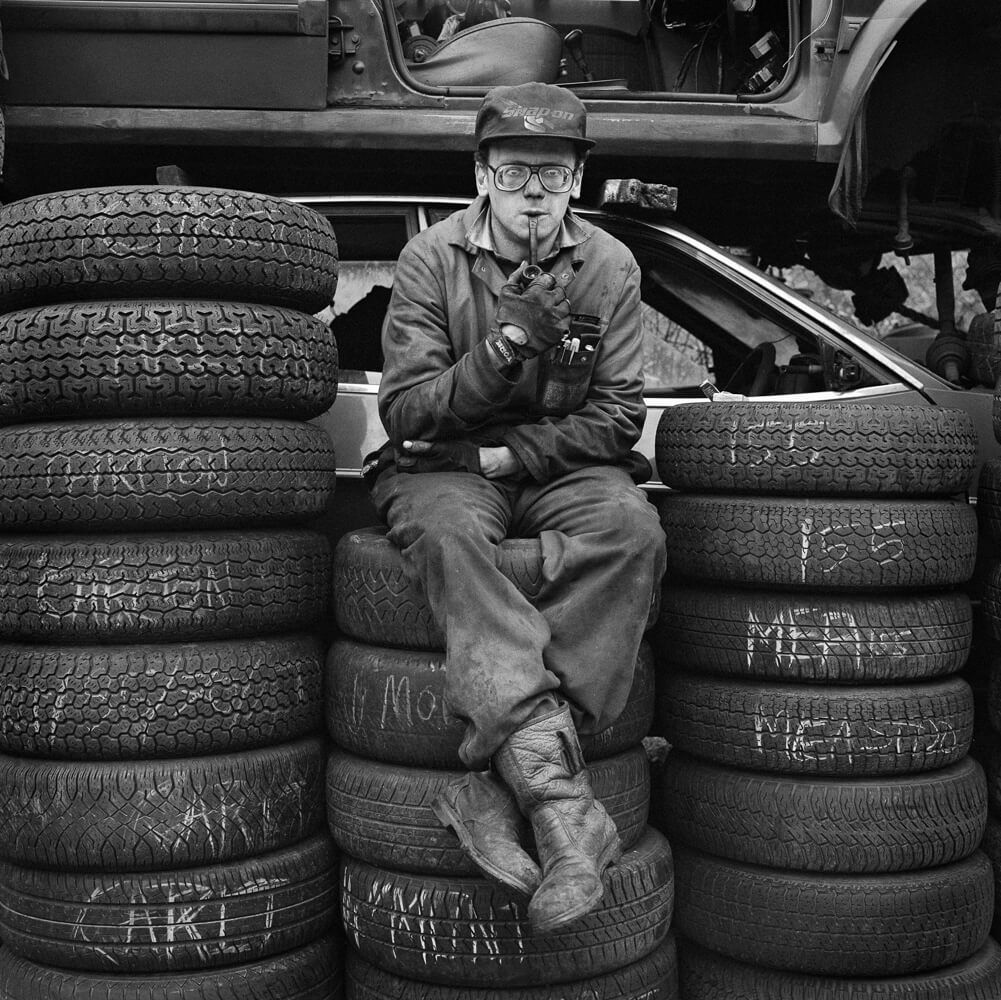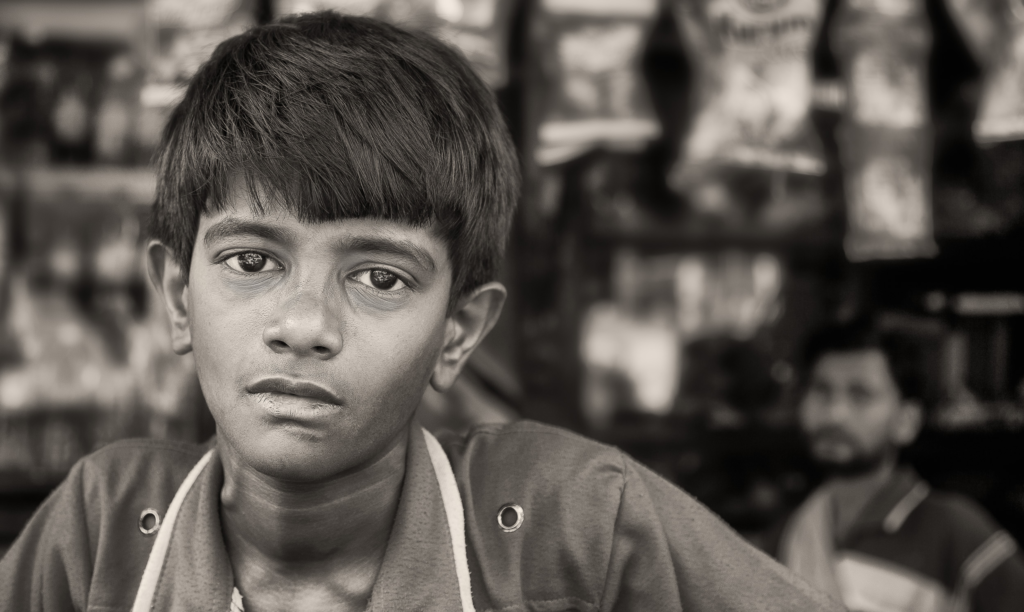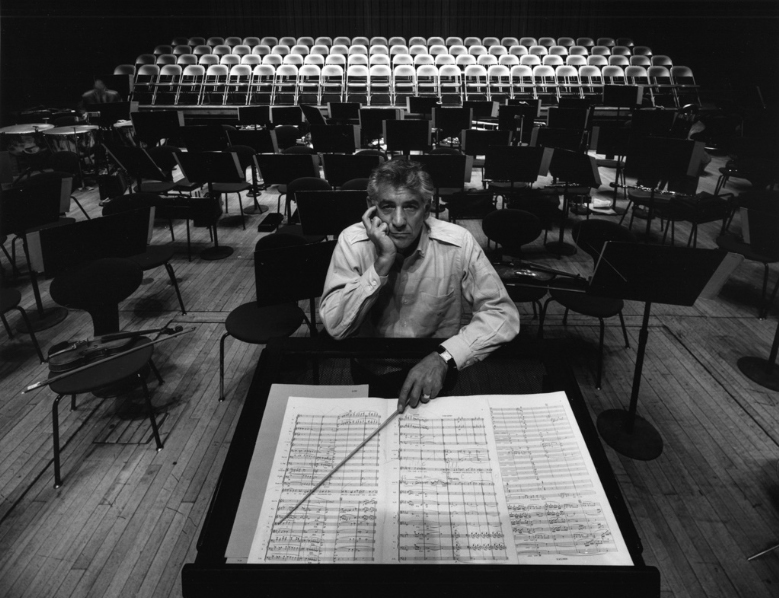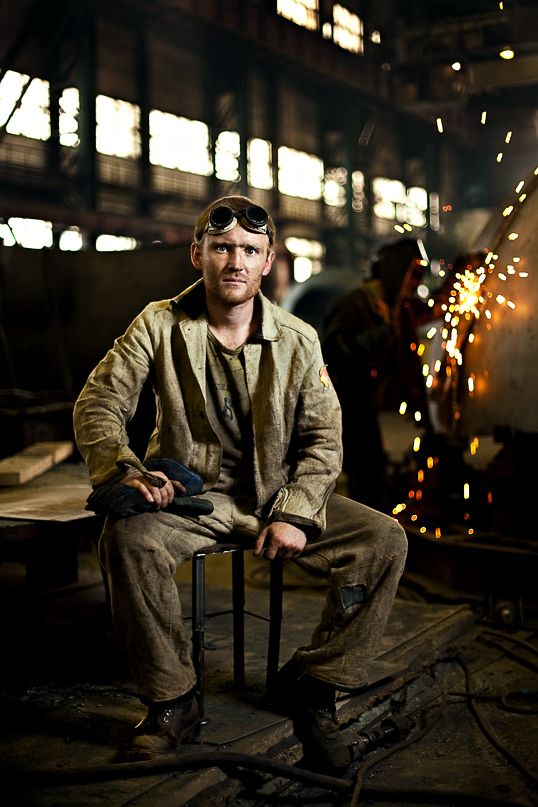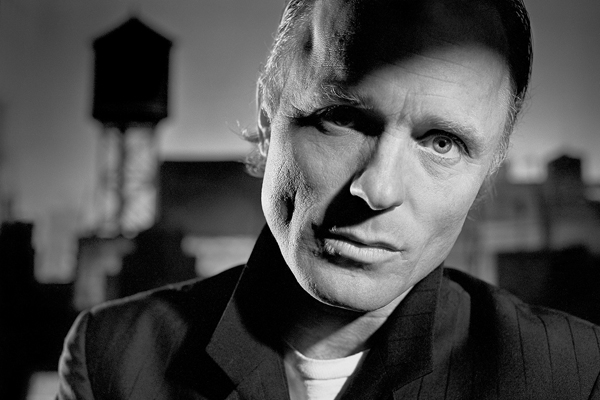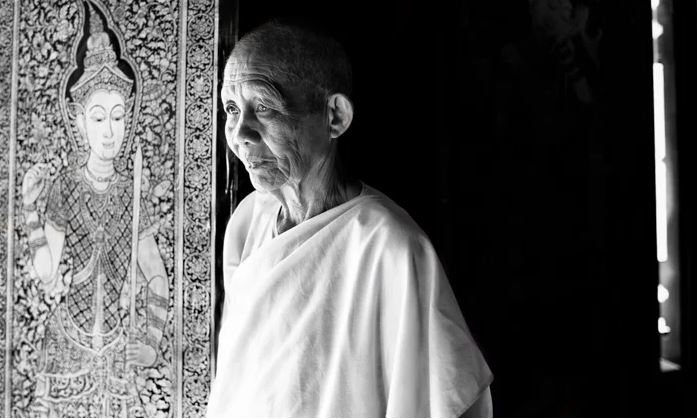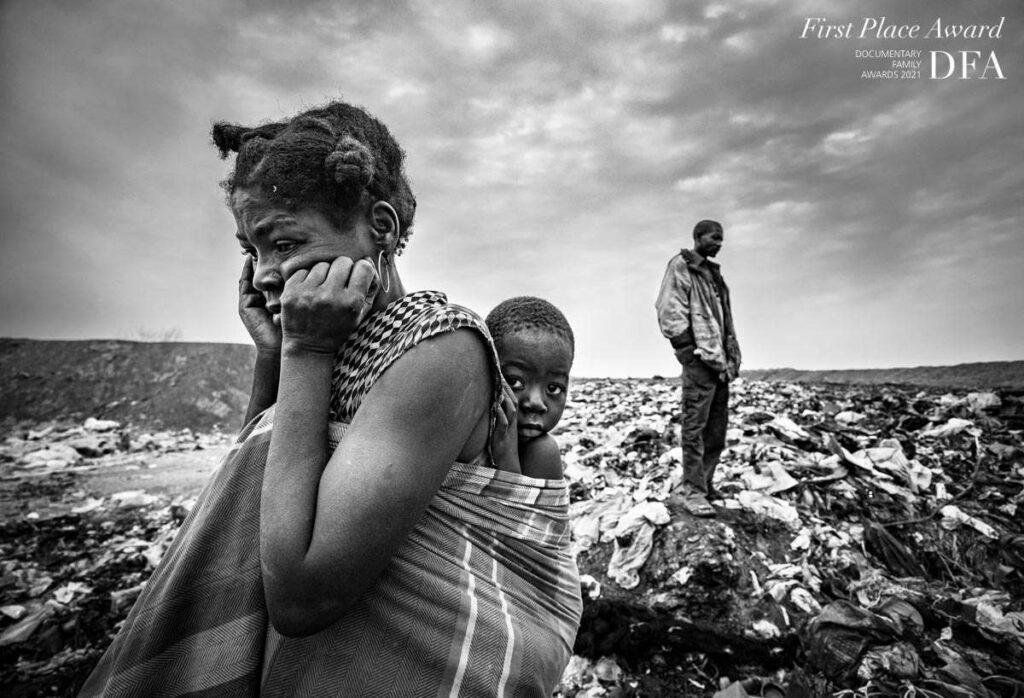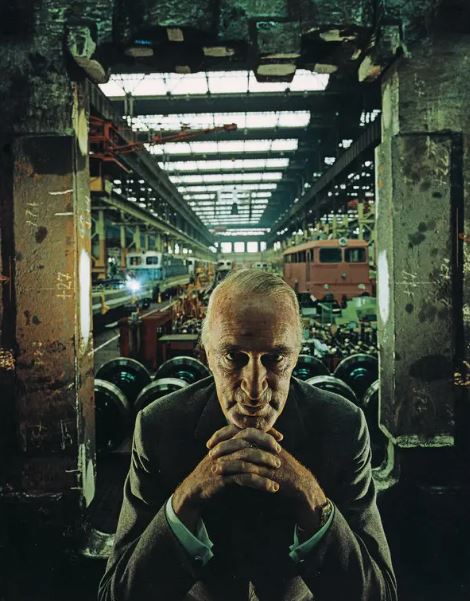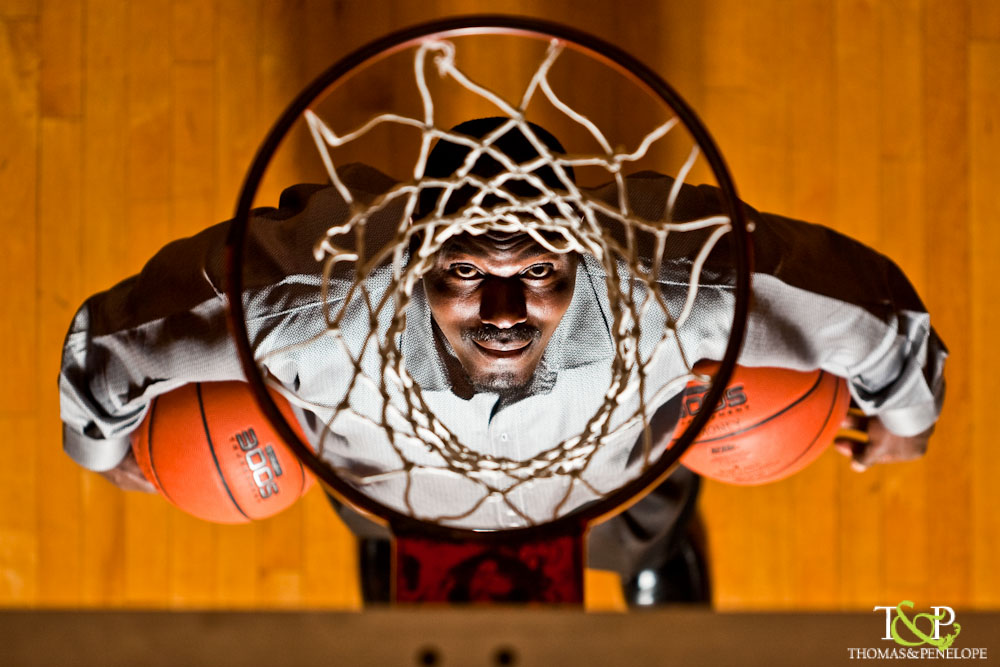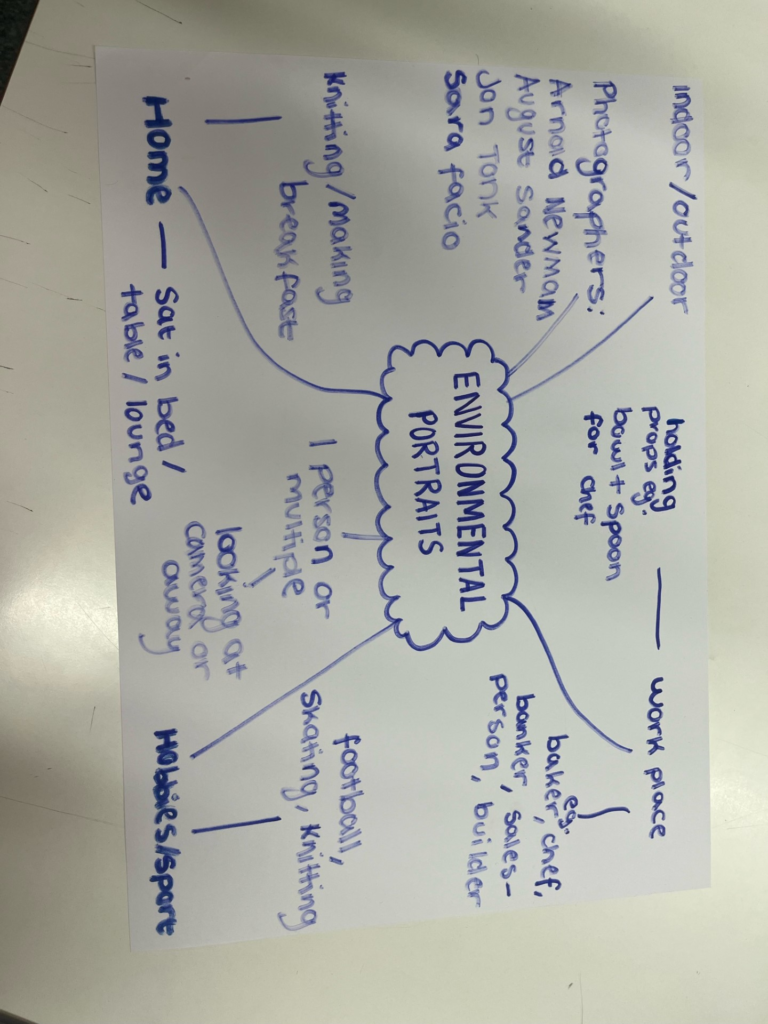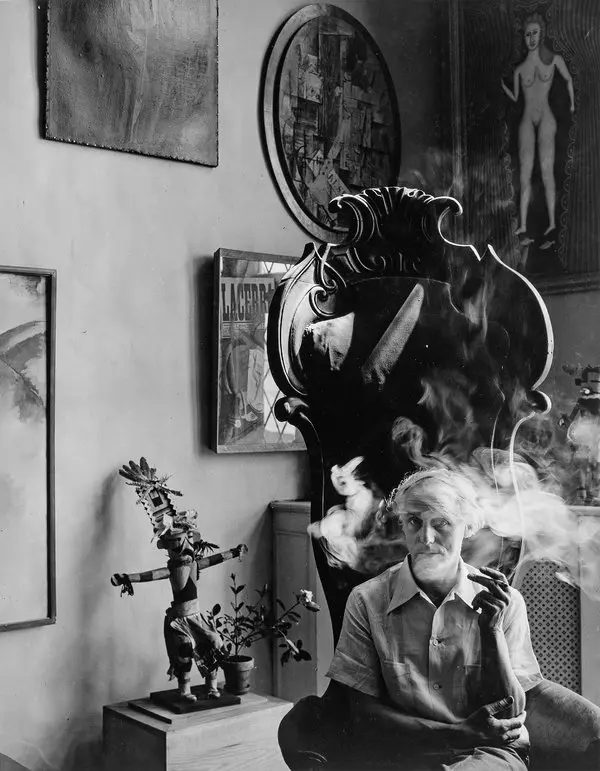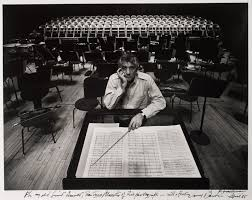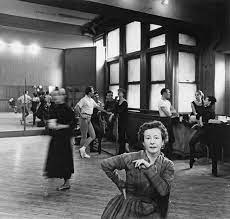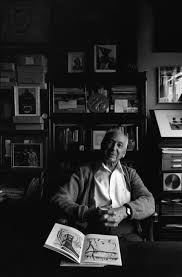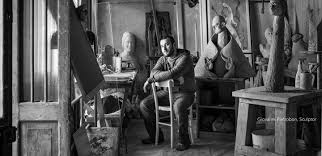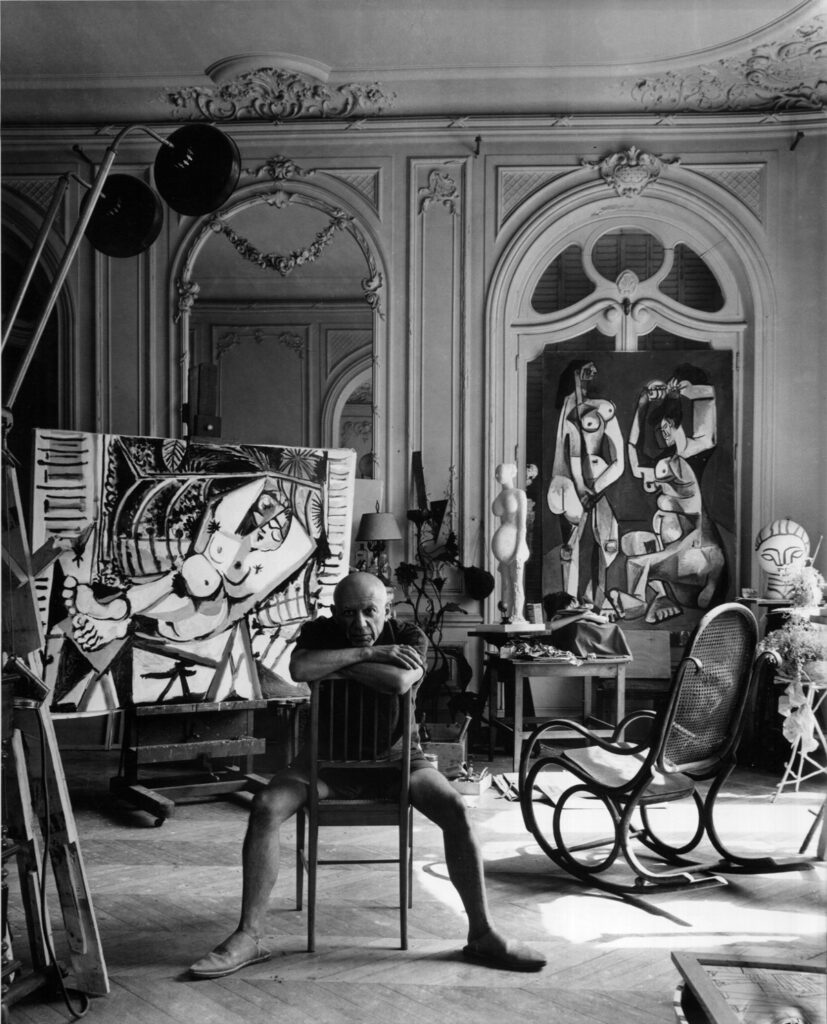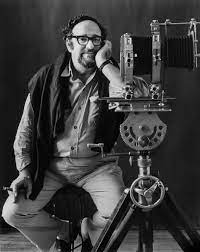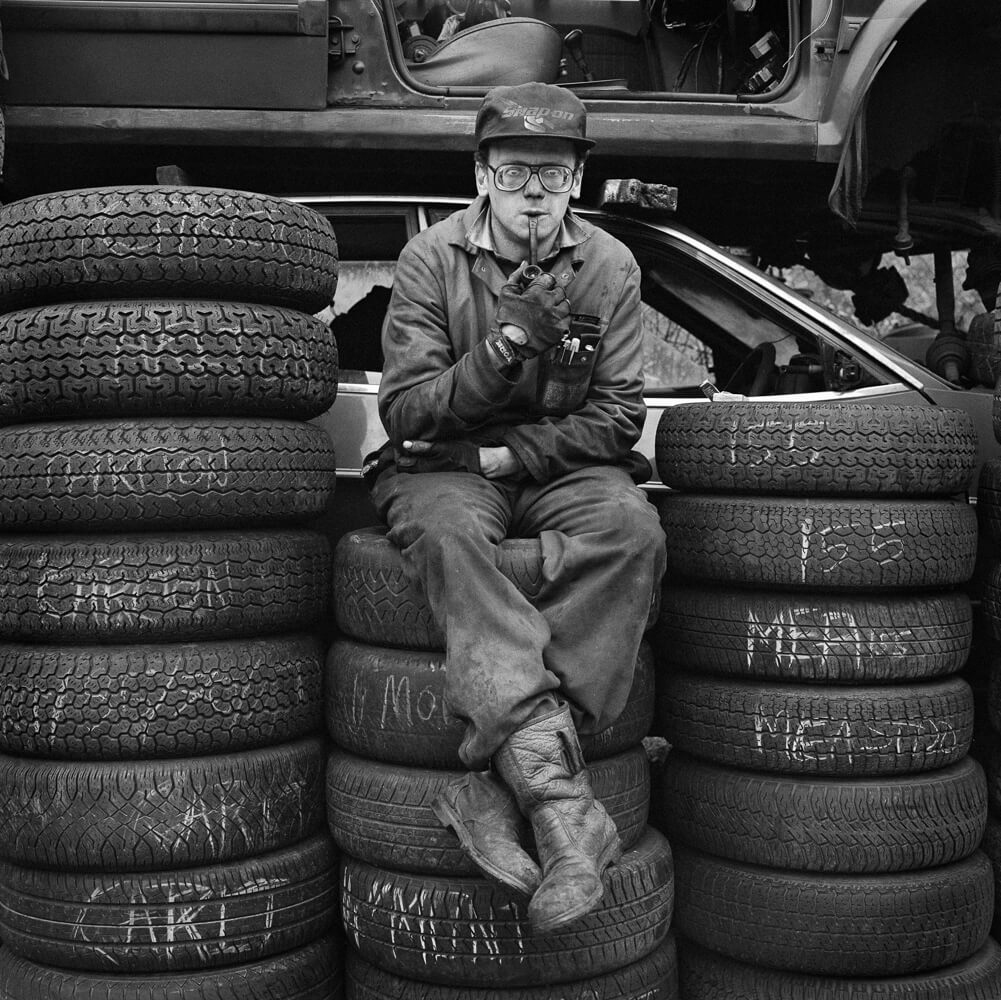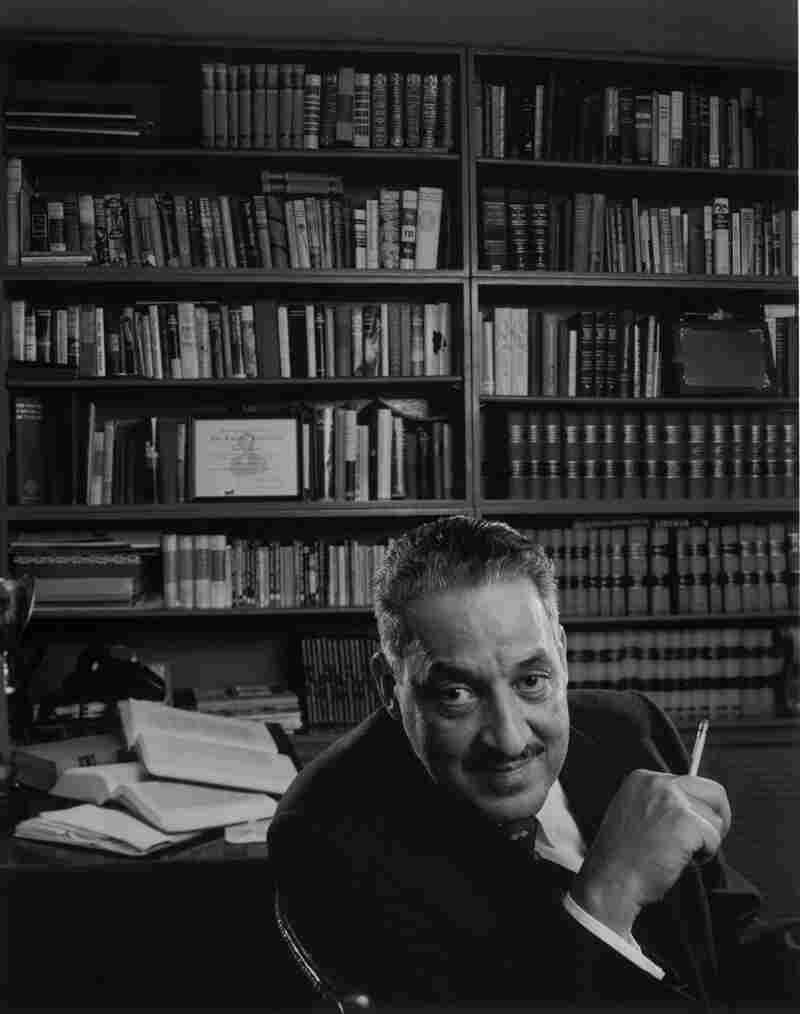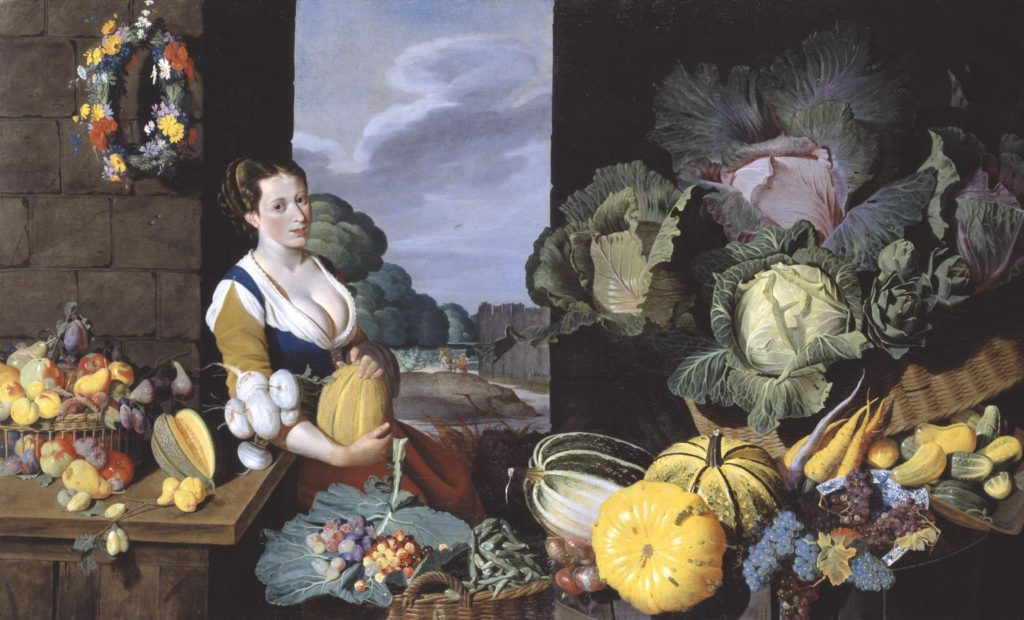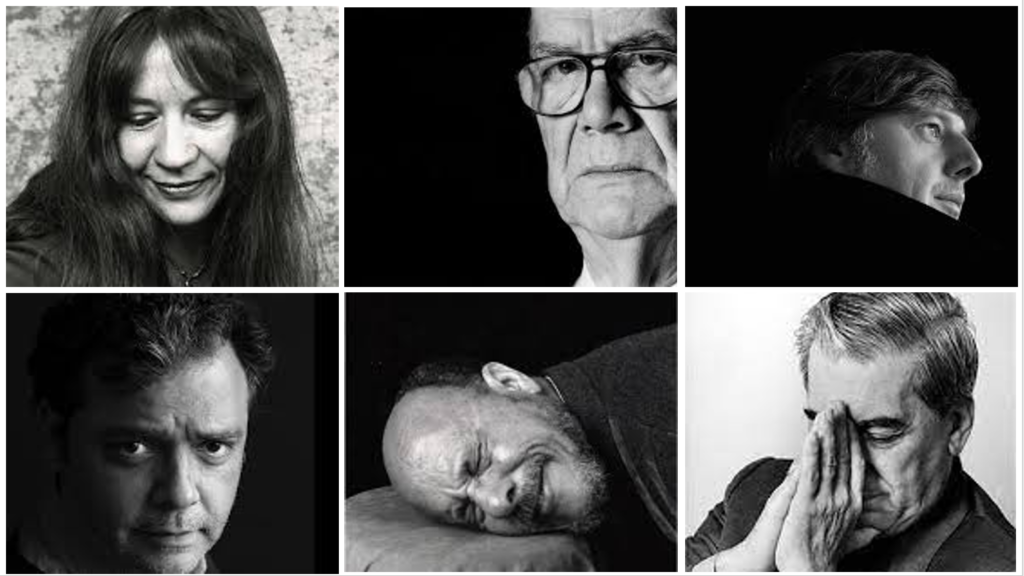
Mordzinski is a photographer with a very specific niche in black and white portrait photography of latin American authors.
Each photo is very individual and impactful in his portal of the authors, because he is so consistent in his style and niche he is extremely specialised and talented in this style of photography, he always manages to produce an image that invokes emotion and create a sense of personal undertanding towards the author he is potraying.
Although more renowned photographers such as Arnold Newman and woody Allen are extremely talented and in the world of portrait photography considered the best in the game, with some very thought provoking and emotion enduring work i personally find Mordinzski’s work and commitment to his very specialised area more impressive in many capacities, not only is his ability to stick to such a specific personal style a clear representation of his love and personal devotion to his project the ‘Human Atlas’ that love and devotion always shows through his work.
All of his photographs have a depth of personal character and emotion that is very hard to capture without a long personal history with the model this is inspiring to me for many reasons not only is he extremely talented and consistently produces high quality photography but he also evokes deep thought and consideration in his audience.
For the route i want to take in my experiments with environmental portraits photography i believe he is the best photographer for me to draw inspiration from.
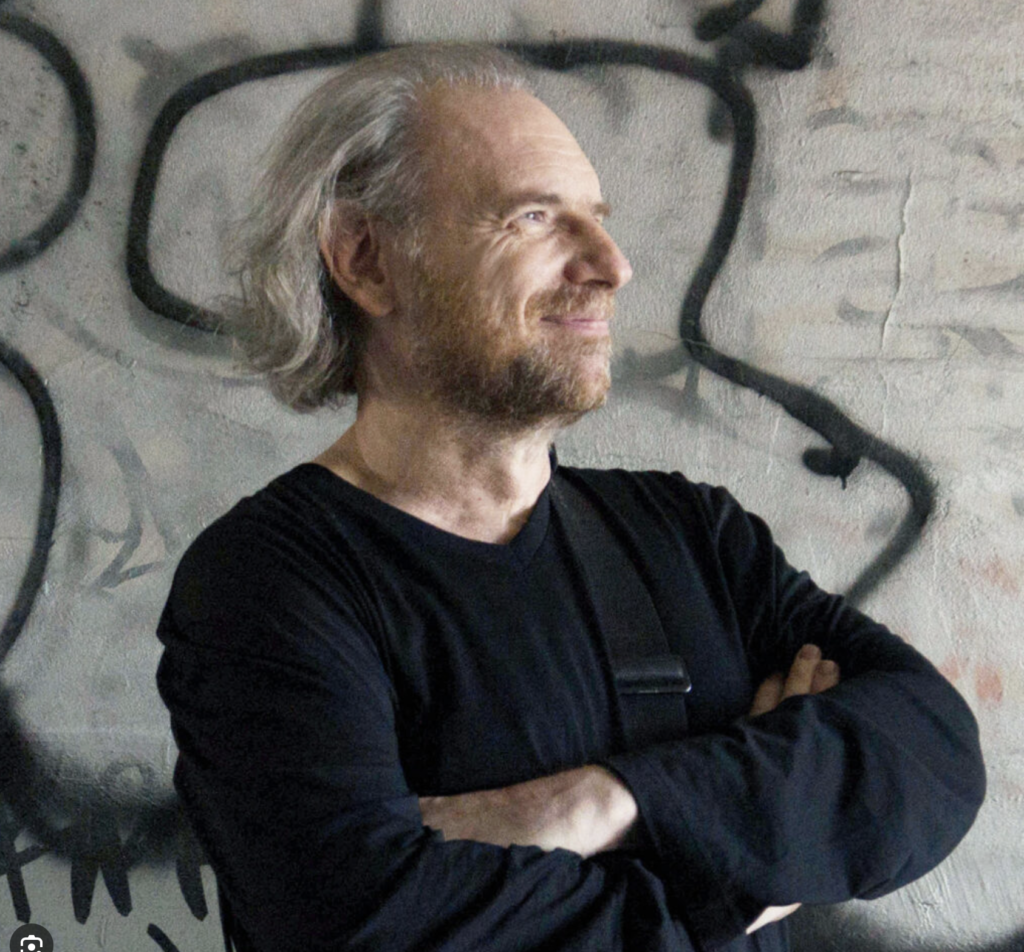
The Human Atlas
Known as “the writers’ photographer,” Daniel Mordzinski has been working on his ambitious “human atlas” of Iber-american literature for 38 years. The Argentine photographer, who lives between Paris and Madrid, has created portraits of the most important figures in Latin-American literature. The author of numerous books, Mordzinski’s works are continuously exhibited in Latin America’s most important museums and are included in the best collections of contemporary photography. He is an important literary festivals photographer.



